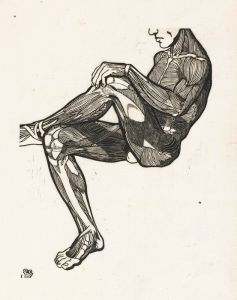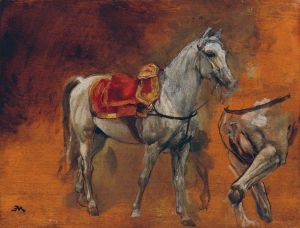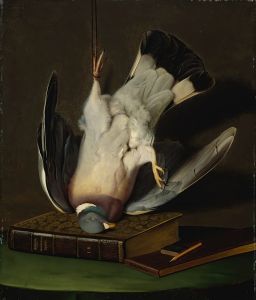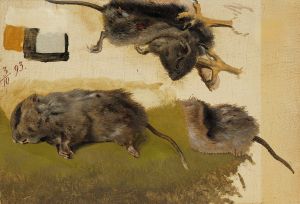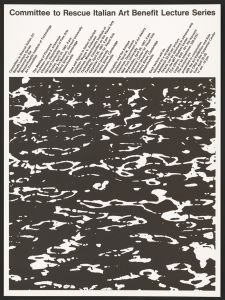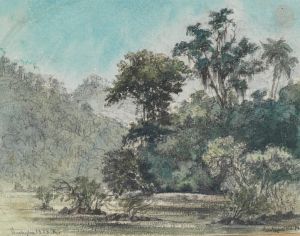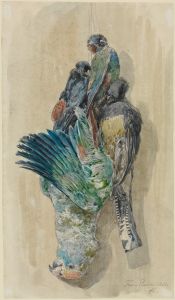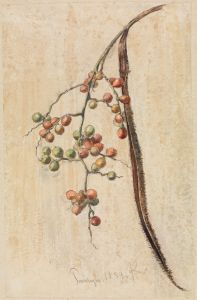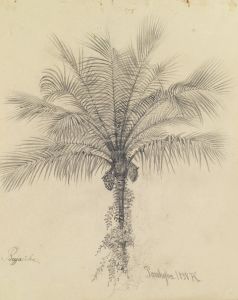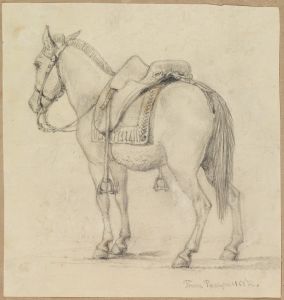
Tierskelett
A hand-painted replica of Ferdinand Keller’s masterpiece Tierskelett, meticulously crafted by professional artists to capture the true essence of the original. Each piece is created with museum-quality canvas and rare mineral pigments, carefully painted by experienced artists with delicate brushstrokes and rich, layered colors to perfectly recreate the texture of the original artwork. Unlike machine-printed reproductions, this hand-painted version brings the painting to life, infused with the artist’s emotions and skill in every stroke. Whether for personal collection or home decoration, it instantly elevates the artistic atmosphere of any space.
Ferdinand Keller (1842-1922) was a notable German painter associated with the Düsseldorf school of painting, which was known for its detailed and realistic style. One of his significant works is "Tierskelett" (Animal Skeleton), a painting that exemplifies his skill in depicting anatomical precision and his interest in natural history.
"Tierskelett" was created during a period when there was a growing fascination with the natural sciences and the study of anatomy. This interest was partly fueled by the advancements in scientific research and the establishment of natural history museums in the 19th century. Keller's painting reflects this cultural context, showcasing his ability to merge artistic talent with scientific observation.
The painting features a meticulously rendered skeleton of an animal, set against a dark, neutral background that emphasizes the intricate details of the bones. Keller's use of light and shadow brings a three-dimensional quality to the skeleton, highlighting the structure and form of the animal. The precise depiction suggests that Keller had a deep understanding of anatomy, likely influenced by the scientific illustrations and studies of his time.
Keller's work often included themes of nature and the natural world, and "Tierskelett" is a prime example of this focus. The painting not only serves as an artistic representation but also as an educational piece, reflecting the era's enthusiasm for scientific discovery and the dissemination of knowledge. It is possible that Keller was inspired by the collections of natural history museums or anatomical studies available to artists and scientists during the 19th century.
Ferdinand Keller's contributions to art extend beyond "Tierskelett." He was a prominent figure in the Düsseldorf art scene and held various teaching positions, influencing a generation of artists. His works are characterized by their attention to detail, realistic portrayal of subjects, and the integration of scientific elements, which set him apart from many of his contemporaries.
In summary, "Tierskelett" by Ferdinand Keller is a significant work that exemplifies the intersection of art and science in the 19th century. Through his detailed and realistic depiction of an animal skeleton, Keller not only showcased his artistic skills but also contributed to the broader cultural appreciation of natural history and anatomy. His work remains a testament to the era's fascination with the natural world and the pursuit of knowledge through both artistic and scientific endeavors.





